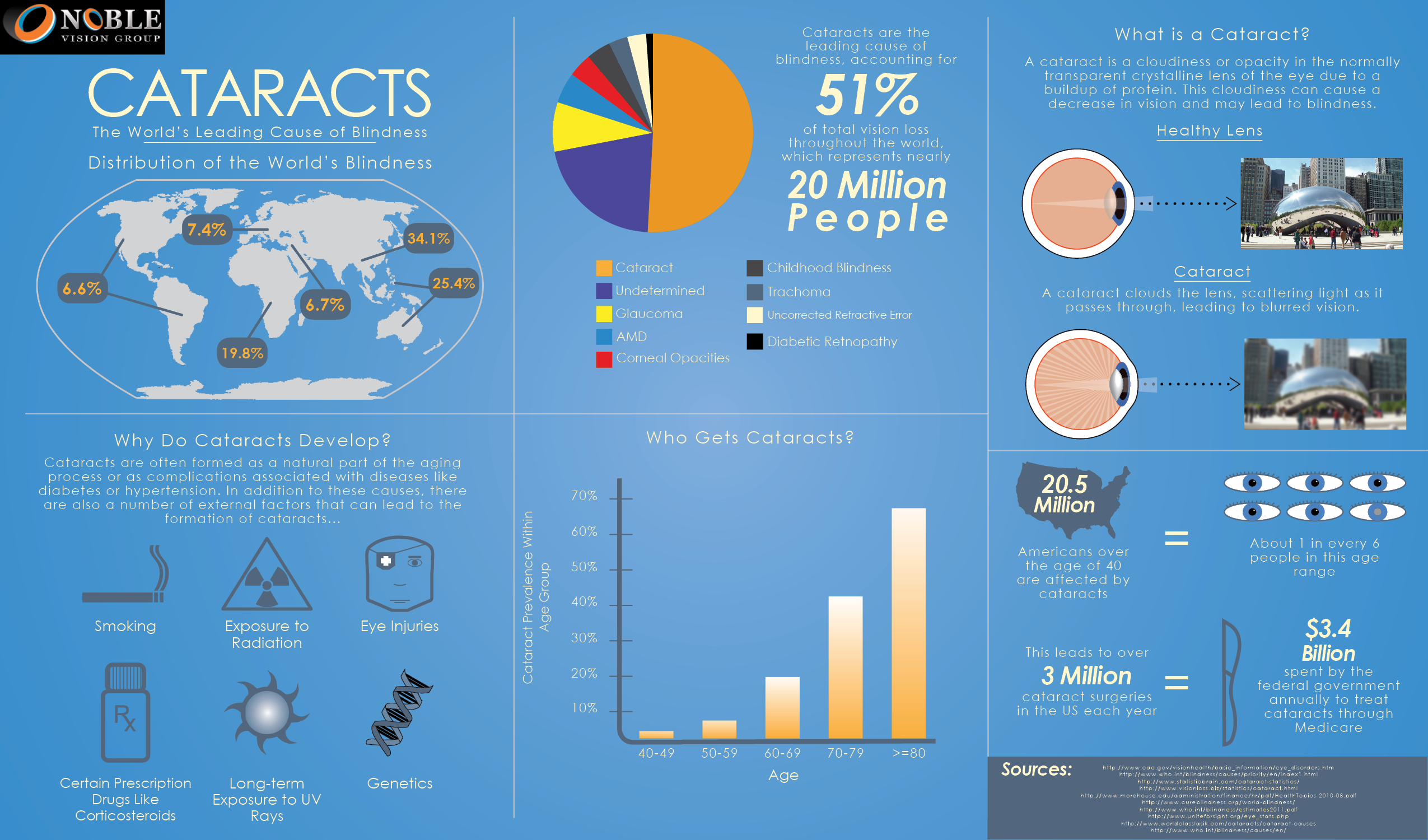What Are The Differences And Similarities In Between SMILE Eye Surgery And LASIK And PRK?
What Are The Differences And Similarities In Between SMILE Eye Surgery And LASIK And PRK?
Blog Article
Created By-Humphries Osborne
If you've been taking into consideration SMILE eye surgical procedure, you might question exactly how it stacks up against LASIK and PRK. Each procedure has its very own collection of benefits and factors to consider. From quicker healing times to possible dangers, there are key differences you need to know before choosing. Comprehending these differences will help you make an informed selection that aligns with your specific requirements and expectations. Curious to know even more concerning exactly how these treatments contrast in detail? Go on checking out to obtain a detailed understanding of SMILE, LASIK, and PRK.
SMILE Eye Surgery Introduction
If you're taking into consideration SMILE eye surgery, you'll find it to be a minimally intrusive treatment with a quick healing time. During SMILE (Tiny Cut Lenticule Removal), a laser is used to create a small, specific laceration in the cornea to remove a tiny piece of cells, reshaping it to remedy your vision. This differs from LASIK, where a flap is created, and PRK, where the outer layer of the cornea is entirely removed.
One of the vital advantages of SMILE is its minimally invasive nature, resulting in a faster healing procedure and much less discomfort post-surgery. The recuperation time for SMILE is reasonably fast, with lots of patients experiencing improved vision within a day or 2. This makes it a prominent choice for those looking for a practical and reliable vision correction treatment. Furthermore, SMILE has actually been revealed to have a reduced threat of completely dry eye syndrome compared to LASIK, making it a favorable choice for people worried regarding this prospective adverse effects.
Differences Between SMILE, LASIK, and PRK
When comparing SMILE, LASIK, and PRK eye surgeries, it is essential to recognize the distinct methods used in each procedure for vision improvement.
SMILE (Little Cut Lenticule Removal) is a minimally invasive treatment that entails developing a little incision to remove a lenticule from the cornea, improving it to remedy vision.
LASIK (Laser-Assisted In Situ Keratomileusis) involves developing a thin flap on the cornea, making use of a laser to improve the underlying tissue, and then repositioning the flap.
PRK (Photorefractive Keratectomy) eliminates the external layer of the cornea before reshaping the cells with a laser.
The primary difference depends on the method the cornea is accessed and treated. SMILE is flapless, making it an excellent alternative for people with slim corneas or those associated with call sports. LASIK supplies rapid visual recuperation as a result of the flap creation, but it may position a greater danger of flap-related difficulties. PRK, although having a longer recuperation period, avoids flap-related concerns completely.
Comprehending these variations is essential in selecting the most appropriate procedure for your vision improvement needs.
Pros and Cons Contrast
To examine the benefits and downsides of SMILE, LASIK, and PRK eye surgeries, it's essential to take into consideration the certain benefits and possible restrictions of each procedure. SMILE surgery uses the benefit of a minimally intrusive procedure, with a smaller sized cut and possibly quicker recovery time contrasted to LASIK and PRK. please click for source minimizes the threat of completely dry eye post-surgery, a typical side effect of LASIK. Nevertheless, SMILE might have restrictions in treating higher levels of myopia or astigmatism compared to LASIK.
LASIK surgery supplies fast visual recovery and marginal discomfort during the procedure. what's cataract surgery 's extremely reliable in dealing with a wide variety of refractive mistakes, consisting of nearsightedness, hyperopia, and astigmatism. Yet, cataract surgery before and after vision brings a danger of flap problems, which can affect the corneal structure.
PRK eye surgical treatment, while not as popular as LASIK, stays clear of creating a corneal flap, decreasing the threat of flap-related issues. It appropriates for people with thin corneas or uneven corneal surface areas. Nevertheless, PRK has a much longer recovery time and may involve much more discomfort throughout the healing procedure.
Conclusion
So, when it pertains to choosing between SMILE, LASIK, and PRK, think of it like choosing the excellent set of footwear. SMILE is like a smooth, comfortable set of sneakers - quick and easy.
LASIK is a lot more like fashionable high heels - fancy and fast, yet with some prospective threats.
PRK resembles durable hiking boots - trusted and durable, however requiring a bit more effort and time.
Inevitably, the most effective choice depends on your individual needs and preferences.
